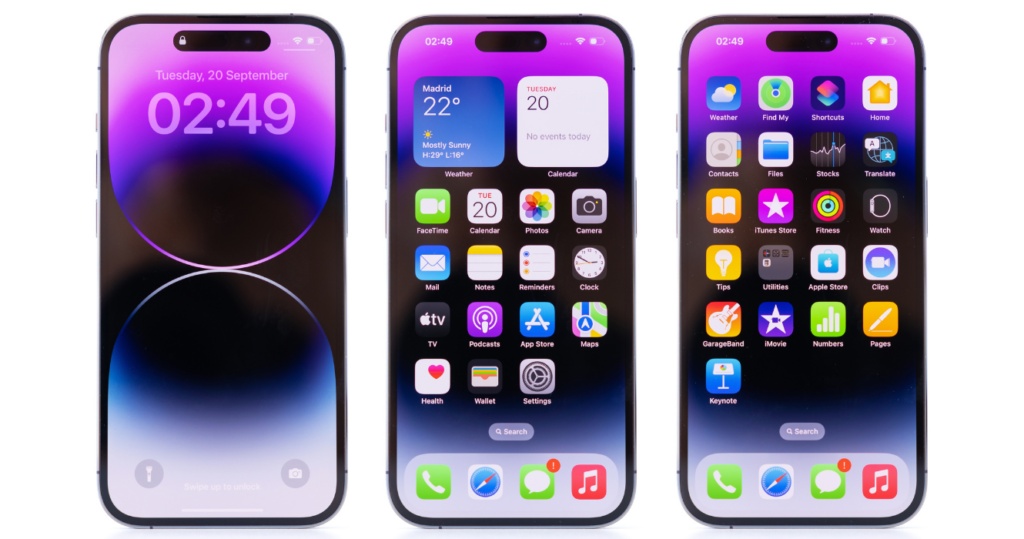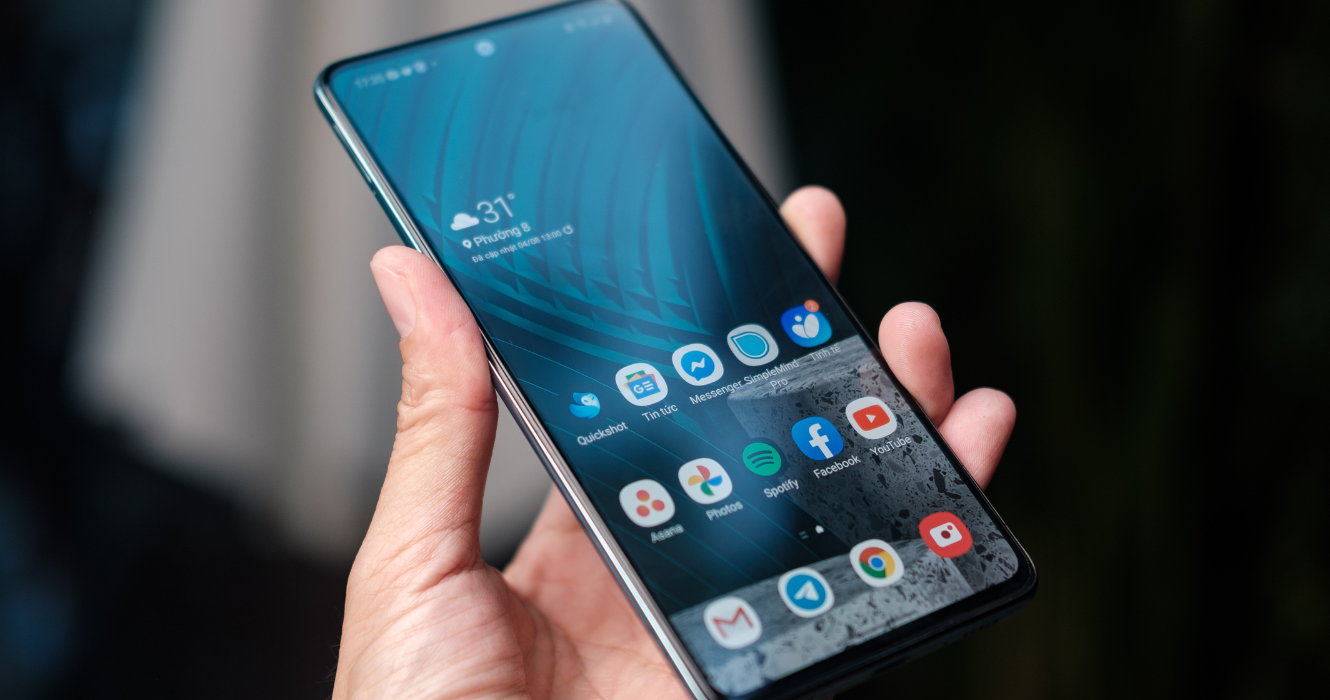Phone geeks go crazy over the debate of what display is the best on phones. For us regular people, it might not matter much, as long as it displays colors and does what screens need to do. However, after much research, I found out how displays matter on phones and the types of displays on phones we should look out for.
Technologically speaking, we have come leaps from the first phone screens of black and white pixels. But it seems the farther we come, the more advancements can be made. Models are studied and redid to be better for our phones. So here are five types of phone displays you should know about.
LCD (Liquid Crystal Display)
Liquid Crystal Display or simply LCD is the oldest type of phone display on smartphones. If you owned a smartphone in the early 2010s, it’s possible it had this display. It’s a very primitive display that uses liquid crystals to bounce or restrict light from your screen. Because it uses crystals, it needs a light source. So LCD phones had a backlight under the LCD to light up the liquid crystals.
Obviously, because it was a very early type of display, it has so many disadvantages. One of the main setbacks of LCD displays is how much power it uses. The backlight it needs consumes a huge chunk of the phone’s power, so it wasn’t ideal for people who use their phones a lot. Since then, manufacturers in the tech world have adapted new models to use phone displays.
OLED (Organic Light-Emitting Diode)
To eliminate the problem LCDs had with consuming so much power, manufacturers invented the OLED. It uses organic pixels that emit light themselves when powered by electricity. This is ideal because it eliminates the significant power needed for a backlight. Instead, only the pixels triggered by electricity will light up and enable us to see the images.
Because it uses organic pixels, we see images better and sharper. Additionally, without the backlight bulking up the interior of the phone, OLED displays are much thinner, so the rise of thinner phones happened.
But of course, OLED displays are not perfect. One disadvantage of this type of display on phones is its tendency to burn up. The light-emitting diodes can degrade over time and burn up, causing a permanent blur or black part on the screen.
AMOLED (Active-Matrix Organic Light-Emitting Diode)
Because OLED displays aren’t perfect yet, tech companies sought to improve it for our benefit. So the AMOLED is born.
AMOLED displays use the same technology as OLED displays, only faster. The main difference between the two is that AMOLED displays have a thin-film transistor behind each of the pixels. Think of it as a thin sheet of metal behind the actual display that allows current to travel faster.
Because phone companies are constantly improving the processing time of their devices, they need competitive types of displays on phones that can keep up with the new developments, hence the AMOLED. It can respond to commands and currents faster than the older OLED, so it won’t cause phone lags.
However, like OLED, AMOLED displays are also prone to burning up. Because it responds faster, it can degrade faster as well. It is also very expensive compared to OLED because of the transistor behind it.
Super AMOLED (Super Active-Matrix Organic Light-Emitting Diode)
Of course, when you can improve something why not just go ahead and do it? That’s exactly what Samsung did with the AMOLED display. They improved the system to eliminate the touch sensors from the backend and directly integrate it with the AMOLED, resulting in faster phones.
The Super AMOLED is also capable of displaying higher resolution images without sacrificing the power of the phone, so Samsung incorporated it into their flagship phones. If you own a Samsung these days, there’s a very high chance that it has a Super AMOLED display.
Retina Display

If we’re talking about the biggest competitor of Samsung on the market, we shouldn’t look further than our very own Apple iPhones. IPhones are known to have Retina Displays, which is an improvement on the generic LCD of the past.
This type of display on phones enables the users to have an almost life-like resolution. They have improved the LCD technology to make it virtually impossible to distinguish individual pixels from each other. This makes iPhones display smooth images that are almost true to life.
However, if you’ve noticed, iPhones drain more battery compared to their Android counterparts. The Retina display is a culprit here too.
The Verdict: Which Types of Displays on Phones Should You Use?
With today’s technological advancements, the displays they use on phones are pretty much on par with each other. The main difference that you should note is how fast it can drain your phone’s battery and if it can hinder performance or how long can it last running seamlessly. That’s for you to decide at the end of the day.






















































